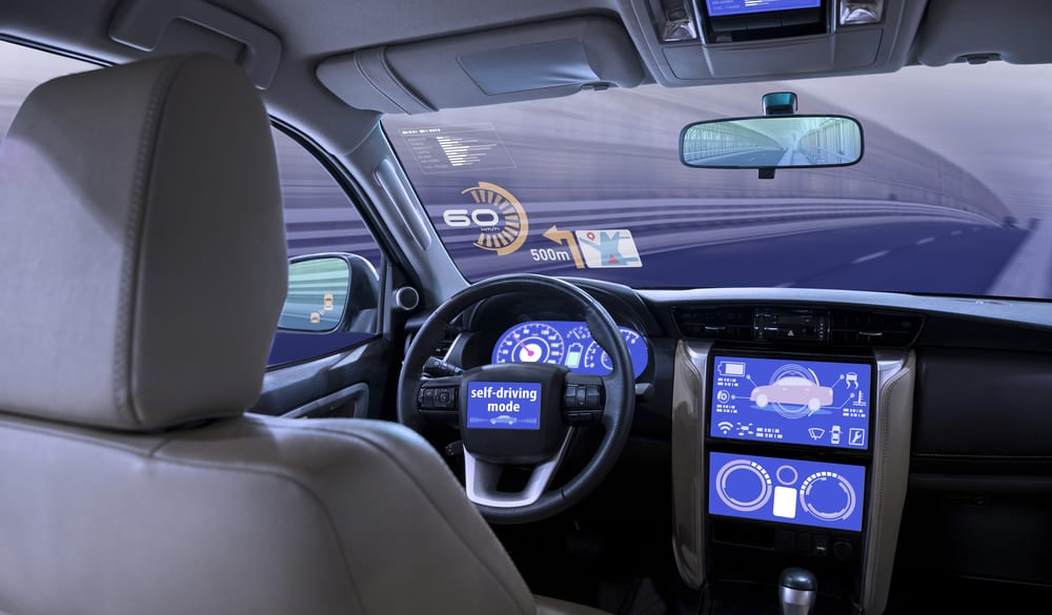If you’re a hard-working middle American truck driver, you might think your job is going to be eliminated with self-driving trucks. That’s the message Uber and others are pushing day in and day out as part of their strategy to hype their companies, keep their valuations high, and raise more money. And if you’re an Uber driver or taxi driver, you’ve likely heard about how your job is going to be replaced by self-driving (autonomous) cars. Well, as both a skeptical tech journalist and technologist who develops products, I can tell you that you have little to worry about, at least for the next 5 to 10 years. There’s no reason to be scared, because the technology and infrastructure are years behind what we are being told. Too much of what we read are simply stories created by these tech companies and spread by their public relations departments and consultants to create news headlines.
Uber says driverless cars are an existential threat, meaning without them they will go out of business. That may be the case, because Uber now has a business model that makes no sense, subsidizing every ride by about half, and losing billions of dollars each year. That’s why they need to continue to bring in billions each year from investors. Yes, ultimately, they need to have a model that makes money, and they’re convincing investors it will be with self-driving cars. Yet, even that is a questionable business since now they will have to buy fleets of cars that are now owned by most drivers.
The practicality of having Uber cars drive by themselves with no driver in the vehicle is near zero for the next decade. Recode unearthed documents on just how poorly Uber’s self-driving car testing is working. In documents circulating within the company, Uber continues to increase the number of miles of testing in California, Arizona, and Pennsylvania. But the reports also indicate that a driver needs to take over control of the car every mile or so.
As of last week, Uber’s 43 test vehicles traveled 20,354 miles autonomously, meaning on their own with an employee in the driver’s seat. When the employee needs to take over to avoid a collision or prevent injury to others, that’s called a “critical” intervention. If the person takes over to avoid less serious incidents such as hard breaking, hitting a curb, or jerky driving, those are called “bad experiences,” In their testing, the car had to be taken over on average every 0.8 miles to avoid any incident, and every 50 to 125 miles to avoid a critical incident.
This testing is all being done in mild weather under fairly controlled situations. For self-driving cars to succeed for Uber or any company, they will need to travel for tens of thousands of miles on all kinds of roads in all kinds of weather without incident.
As most design engineers can tell you, it often takes longer to solve the last 10% of problems than the first 90%. And, as of this date, Uber is barely 25% of the way there.
Before self-driving cars become a reality on our roads, so much needs to happen, both in the industry and in government. Standards need to be developed among all the players and the government; highways, local roads, street signs, and signals need to be changed to eliminate trouble spots.
The situation with autonomous cars is much like voice recognition technology that promised to eliminate typing and the scanners that promised to read every word. Decades later they each get it right just 80 to 95% of the time. But getting it wrong even once in twenty words make for a miserable experience. And self-driving cars cannot get into an accident once every twenty trips.
That’s not to say self-driving cars will not be a reality someday with all their benefits of reducing accidents and saving lives. But the first wave will be years of driver-assisted self-driving cars that require the driver to be able to intervene at a split second’s notice. They will work on some roads, but not on others, just like our cruise control, and always require a driver at the wheel.
I got a preview of this, test driving a Tesla with Auto Pilot. It’s Tesla’s current technology that lets you drive on roads and highways, adjusting its speed to keep a safe distance from the car ahead of you, and detecting the lane markings to keep you in the lane and steer through curves, keeping within the lane. Still, the car requires you to keep your hand lightly touching the wheel to prove you are monitoring it.
Tesla’s next generation being rolled out will be Enhanced Autopilot that will, in addition to the above, automatically change lanes without driver input, merge on and off highways, and park itself. It will also be able to maneuver around some objects it encounters. But all this is a far cry from having Uber cars and trucks driving themselves on city streets. Experienced drivers will continue to be needed for many years to come.









Join the conversation as a VIP Member